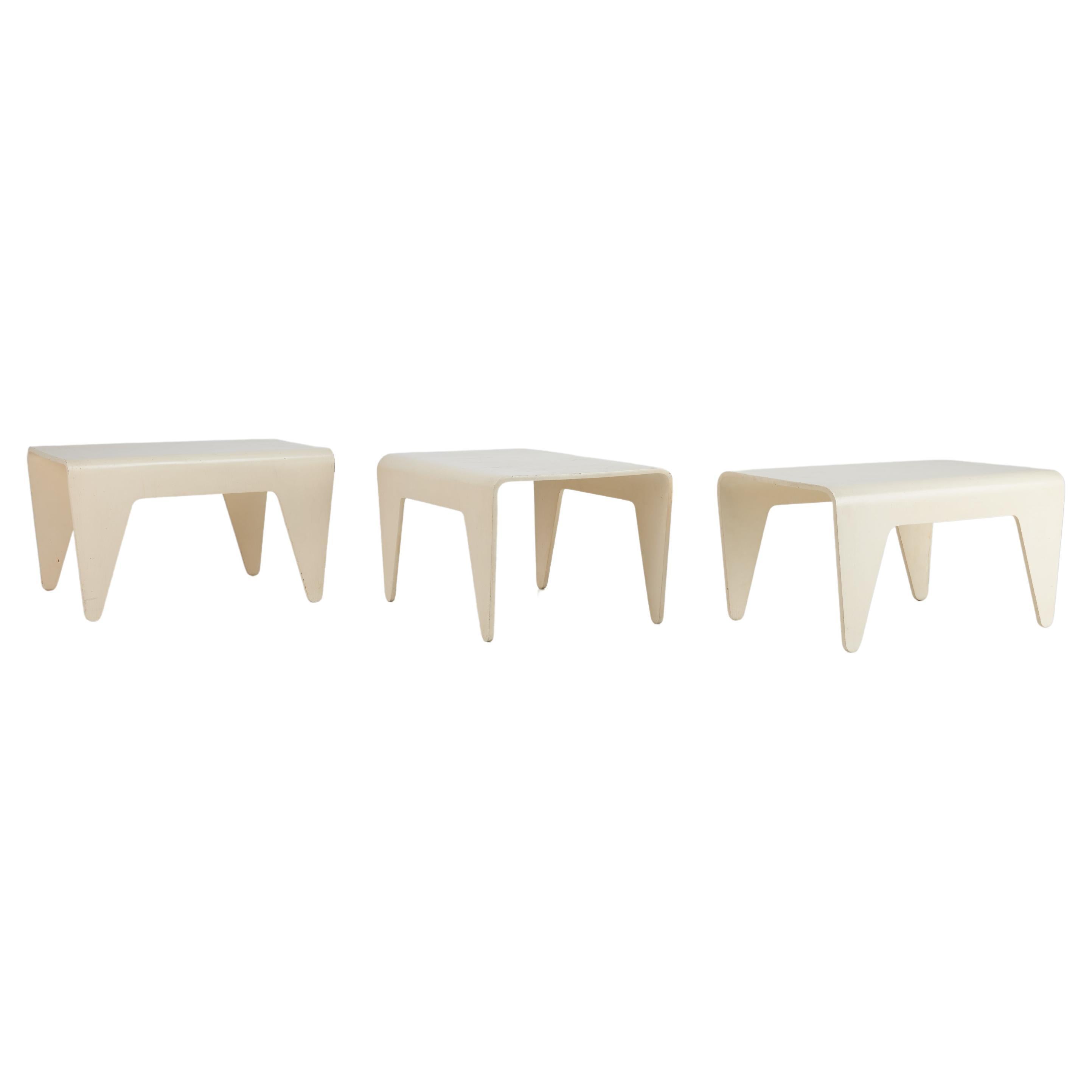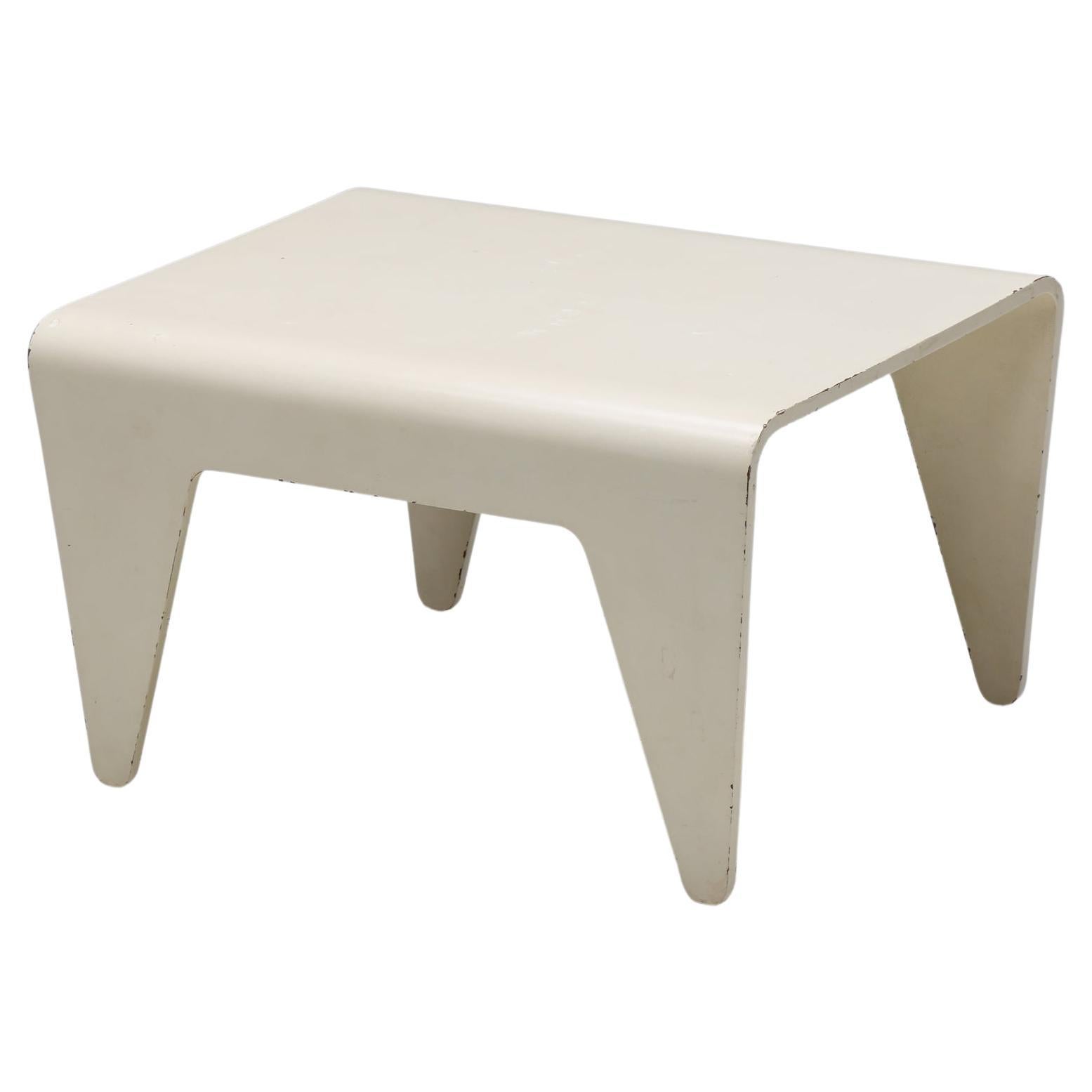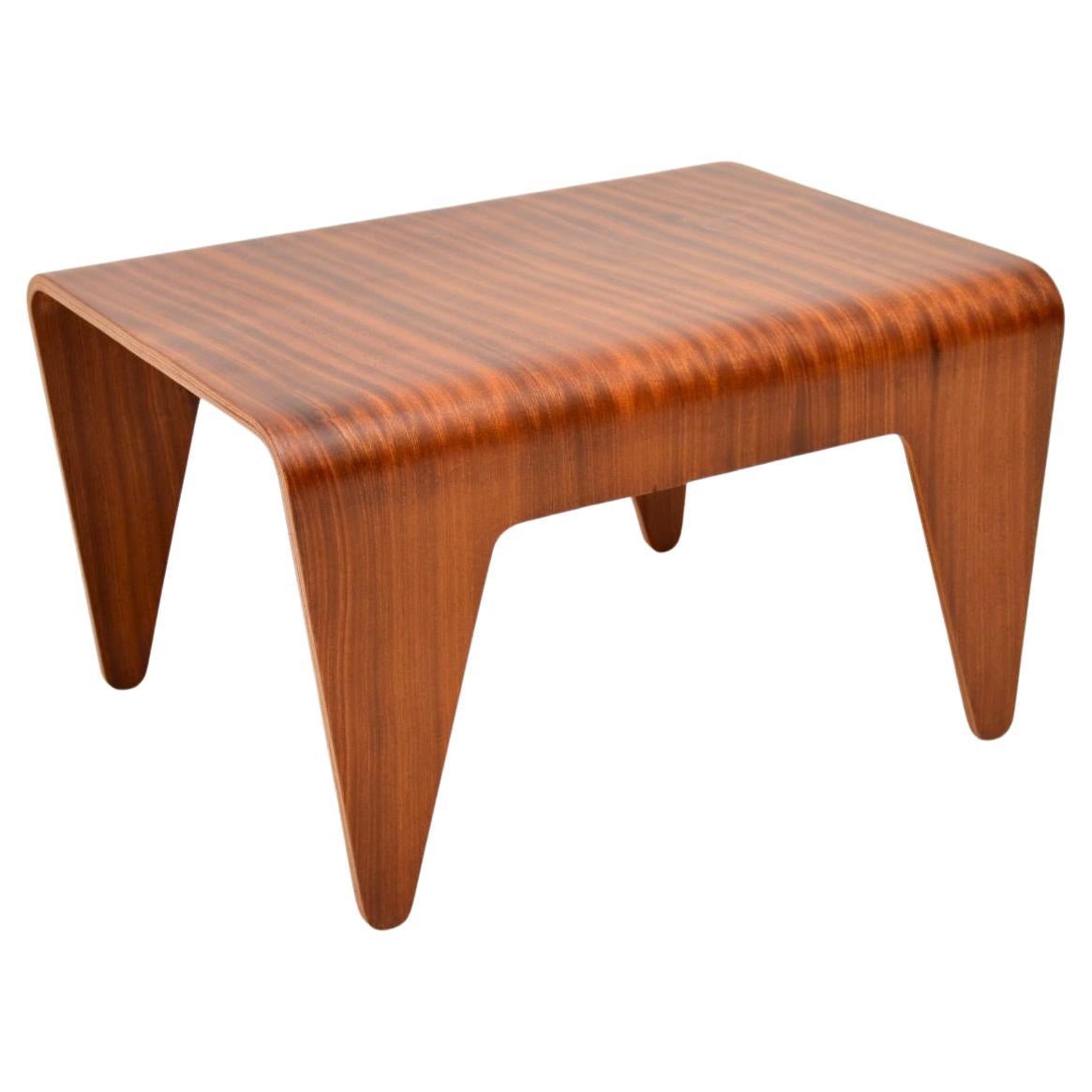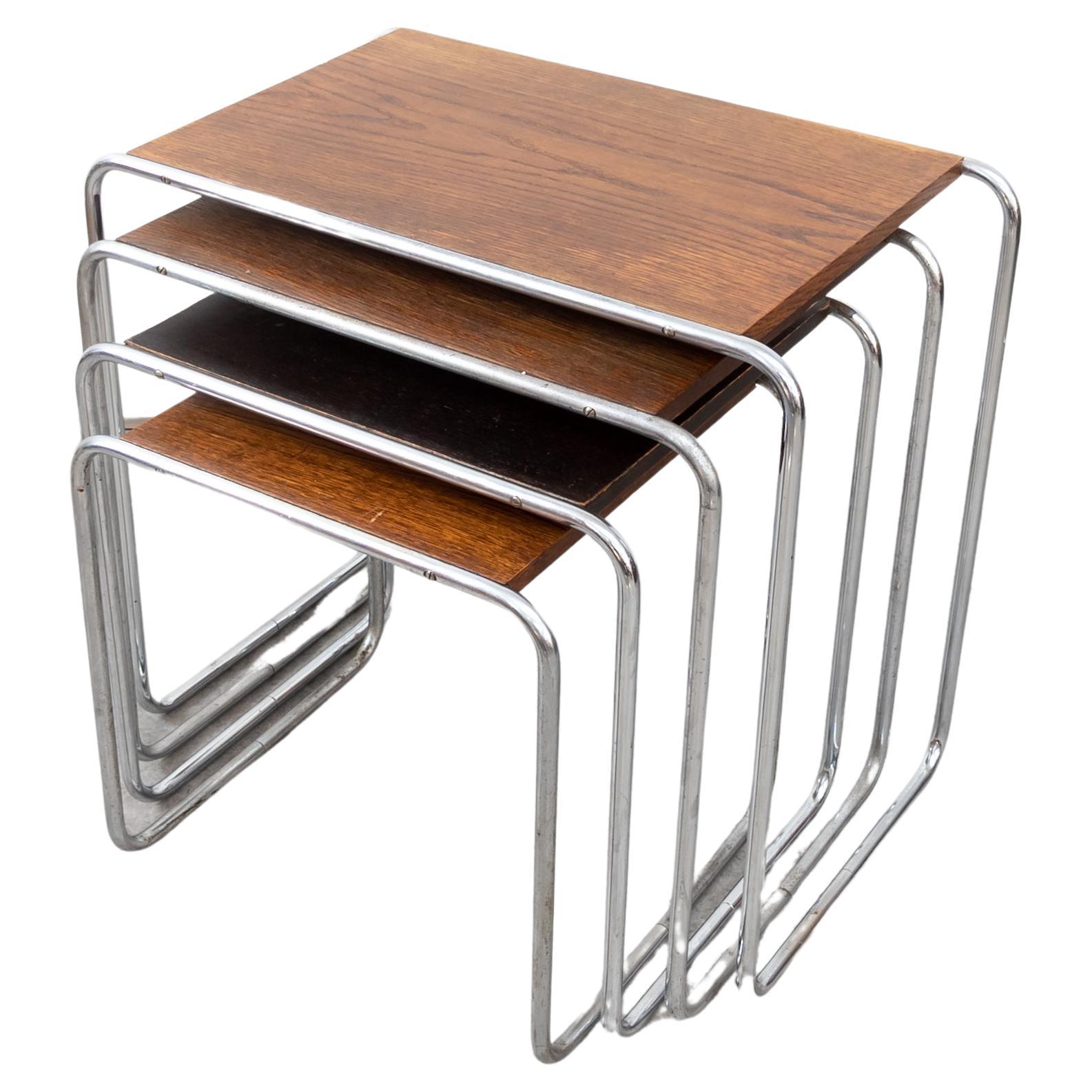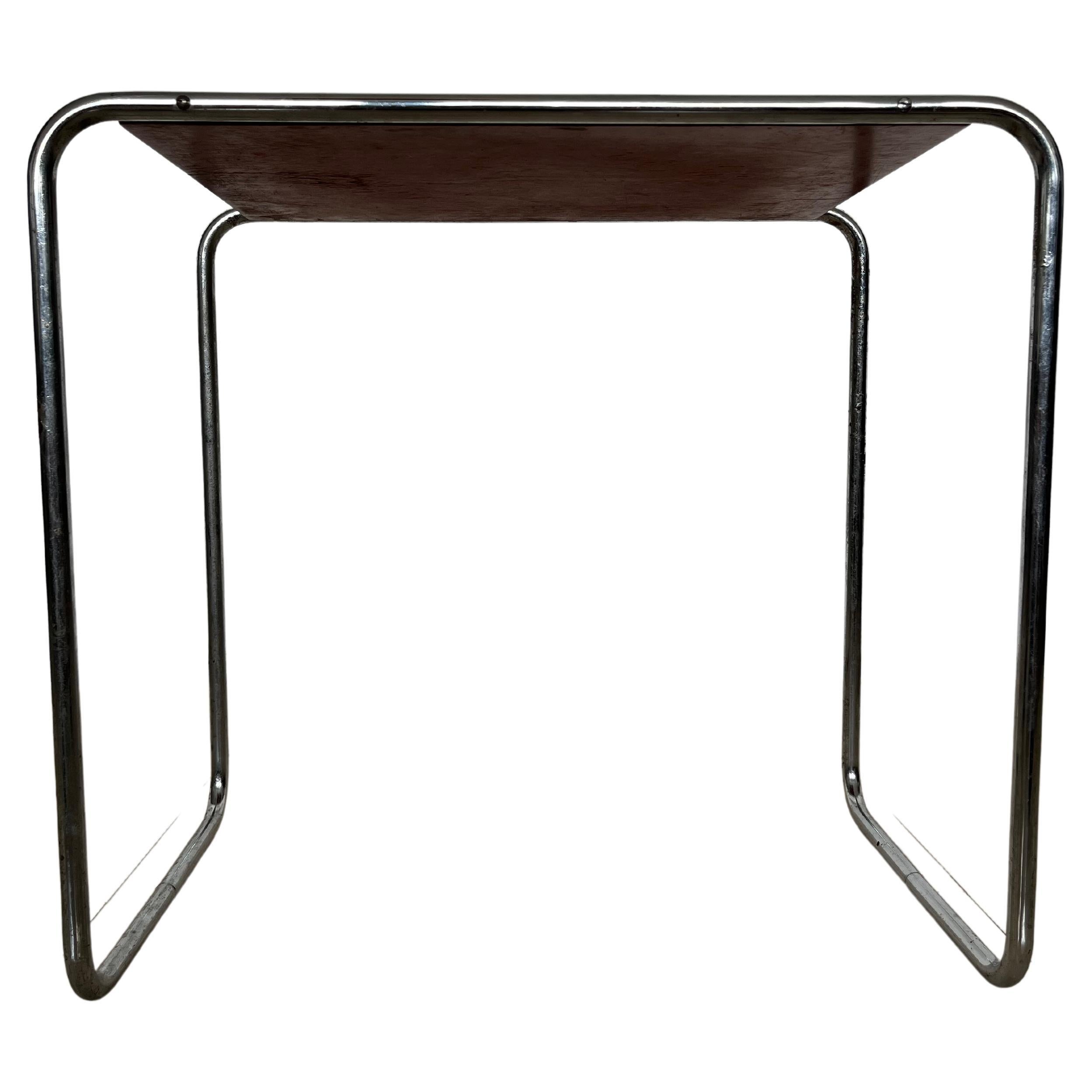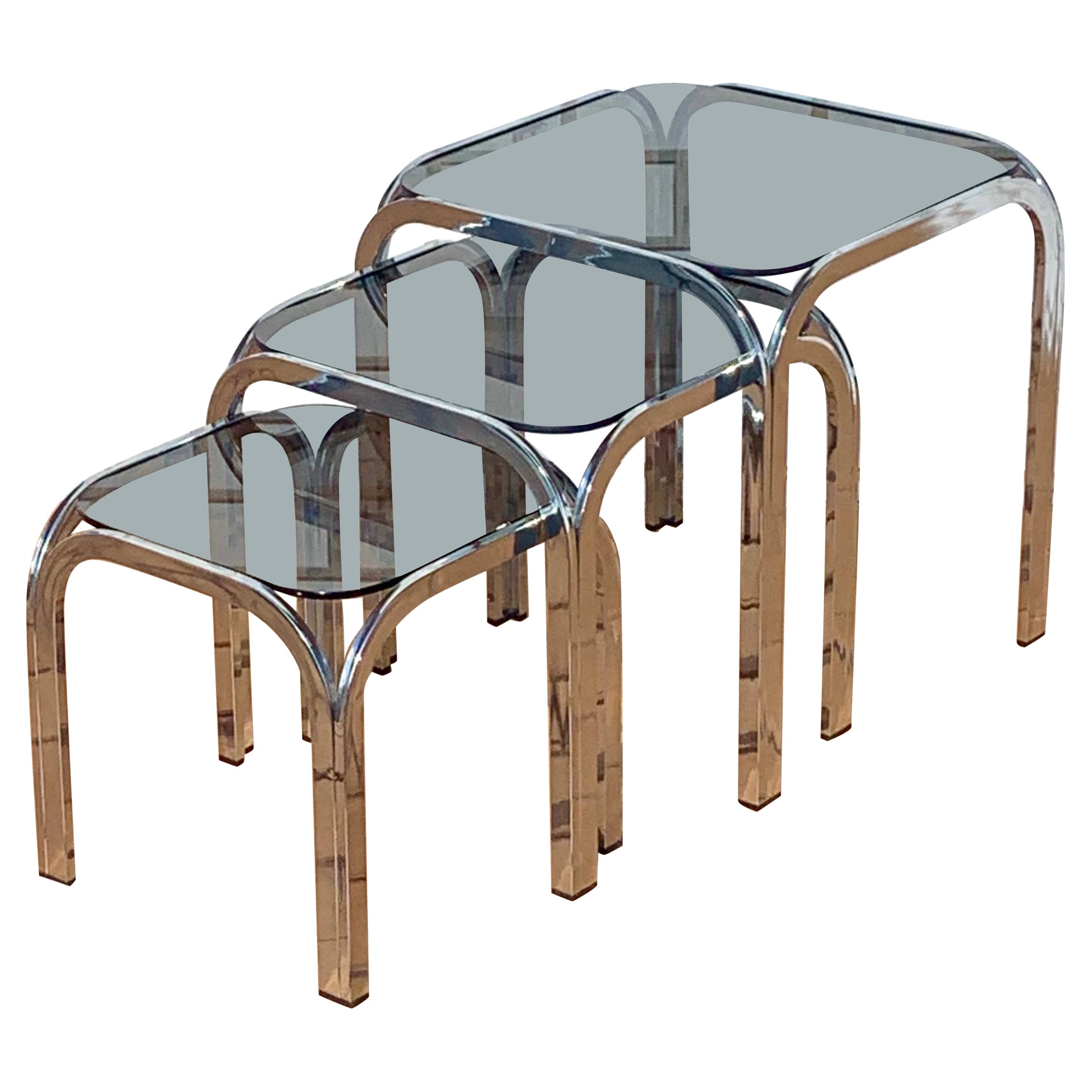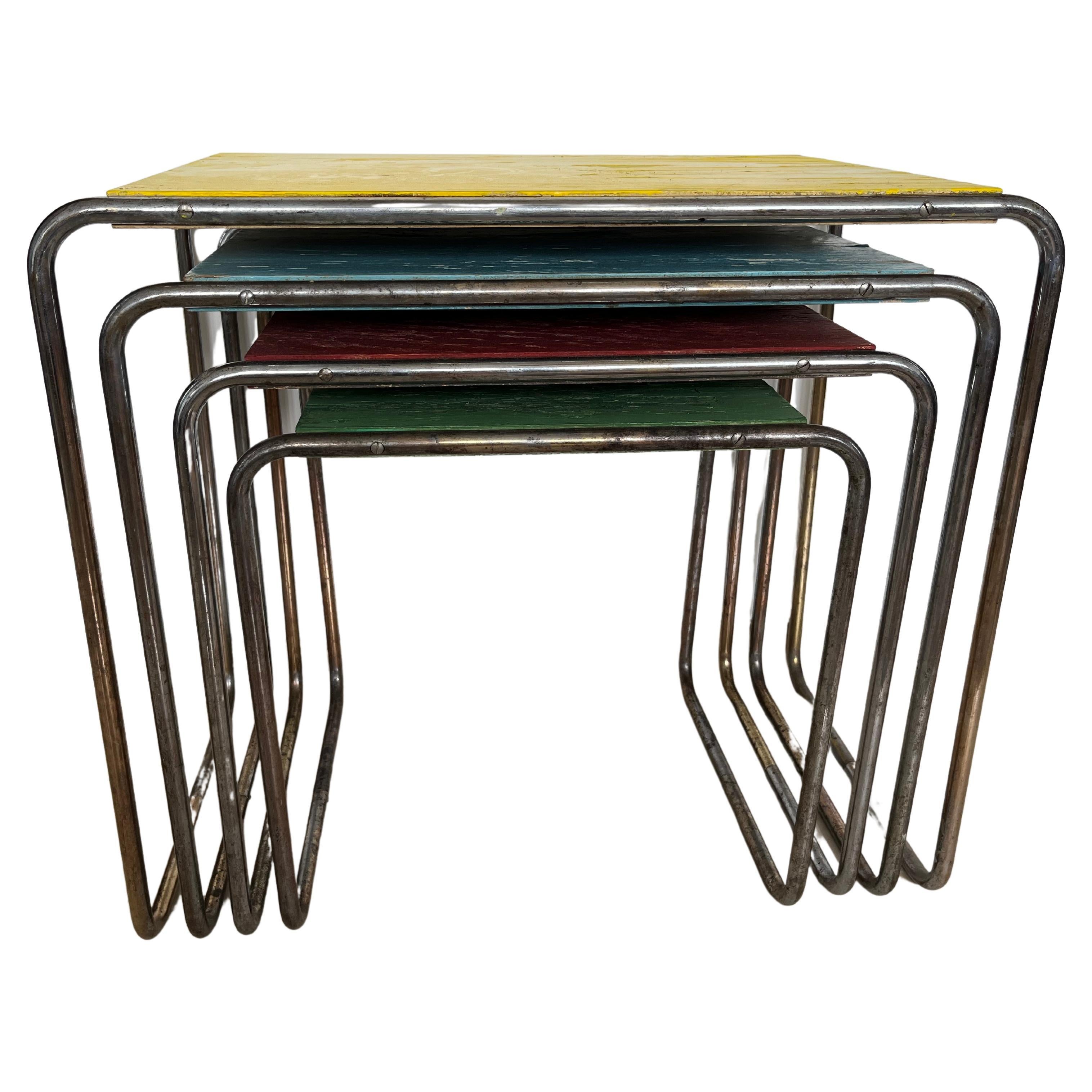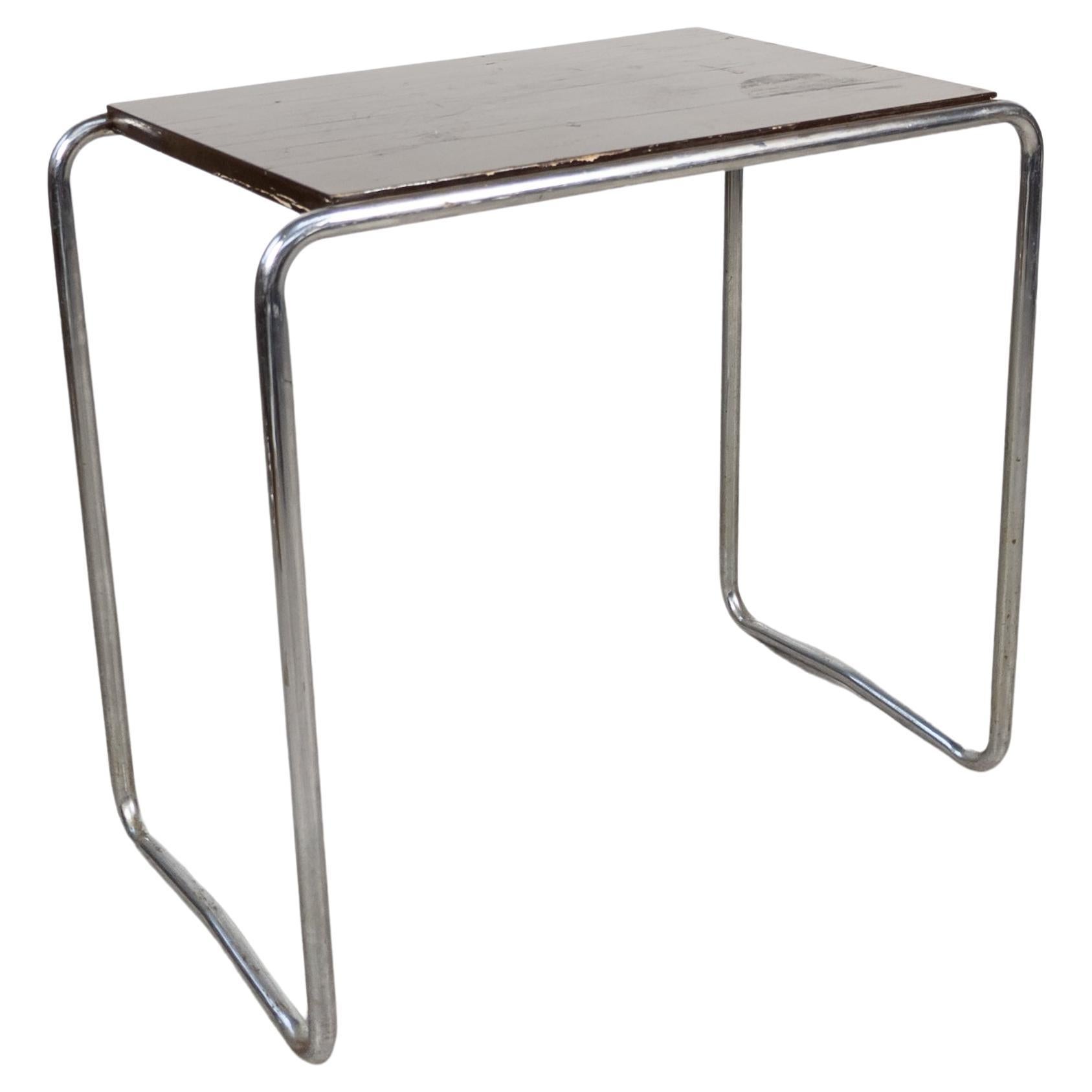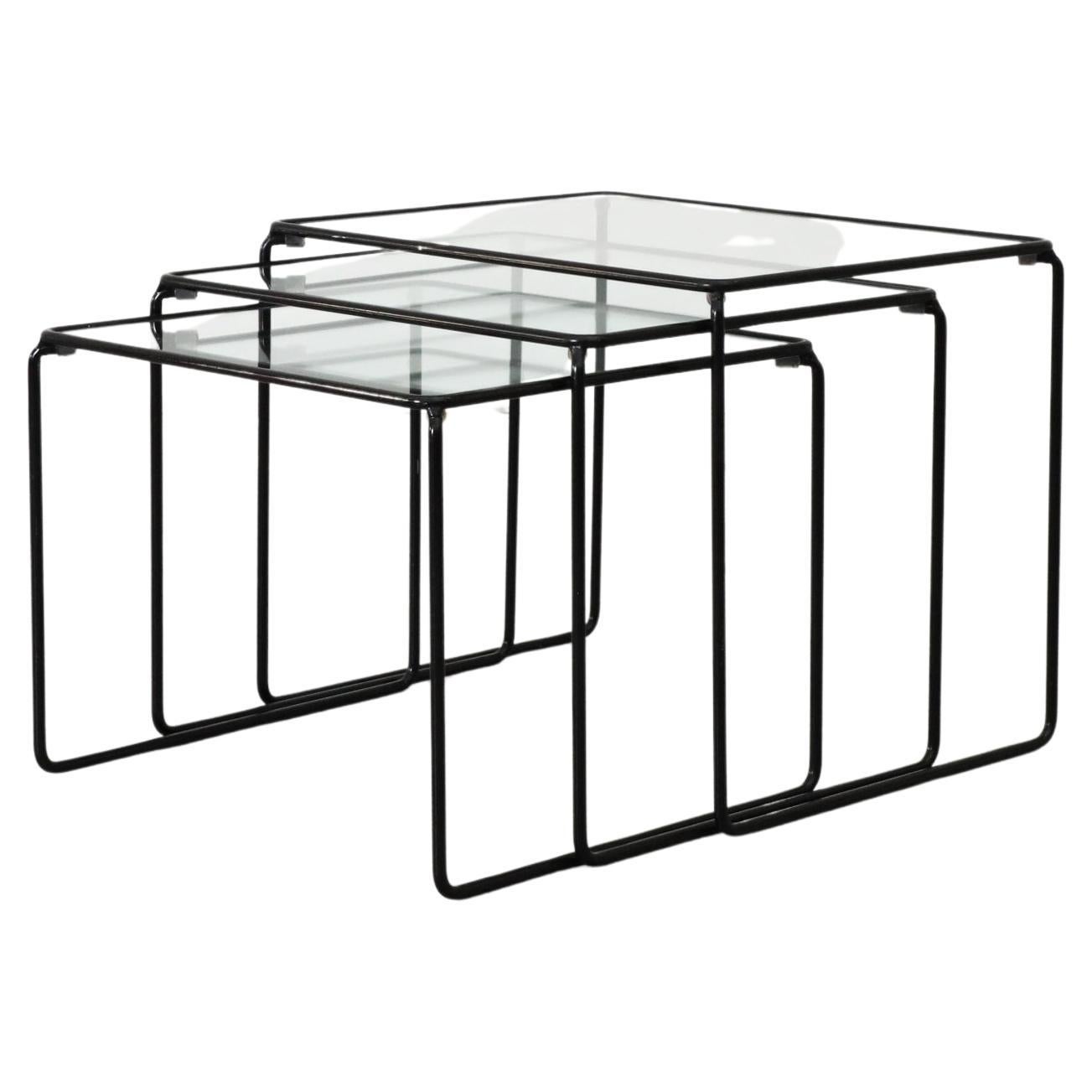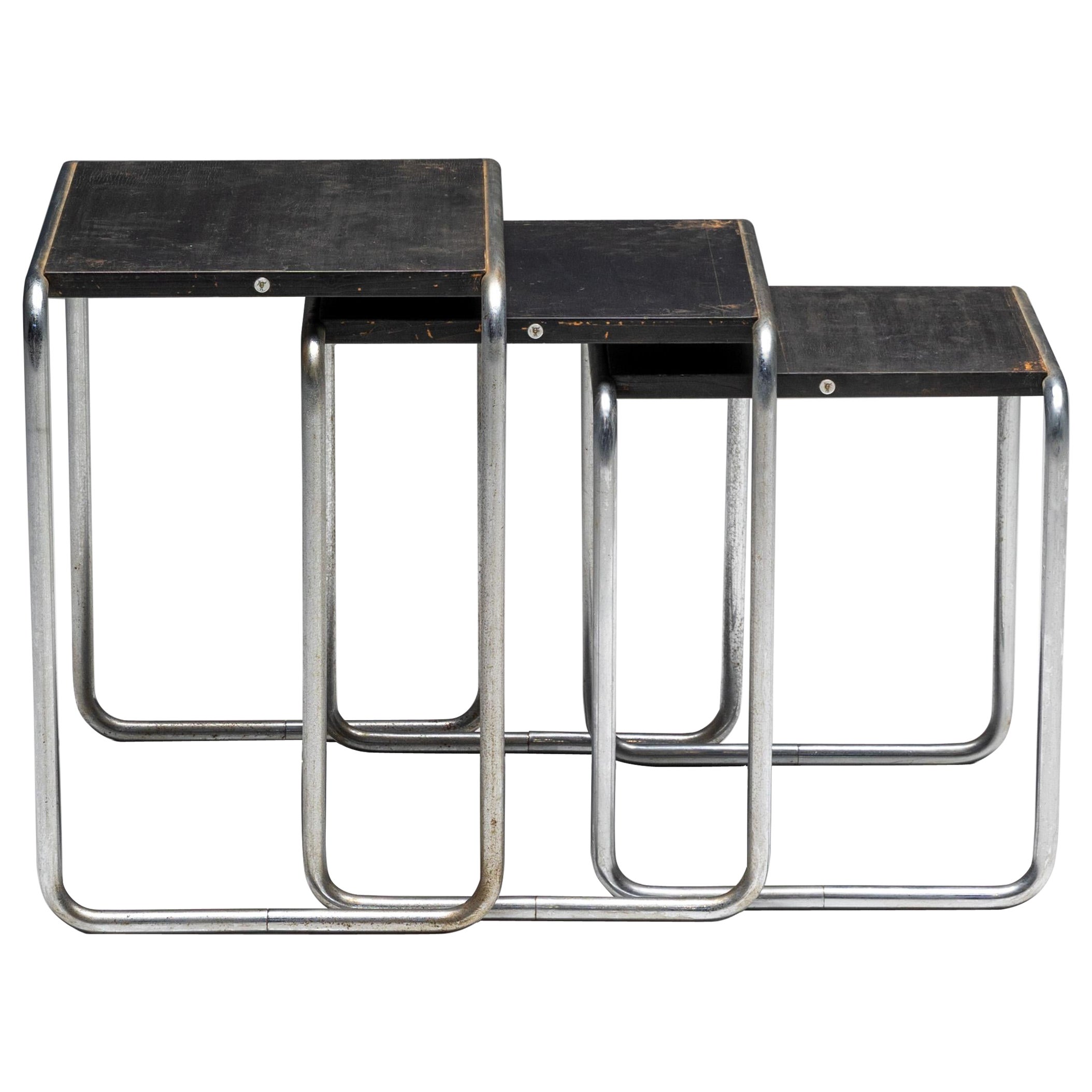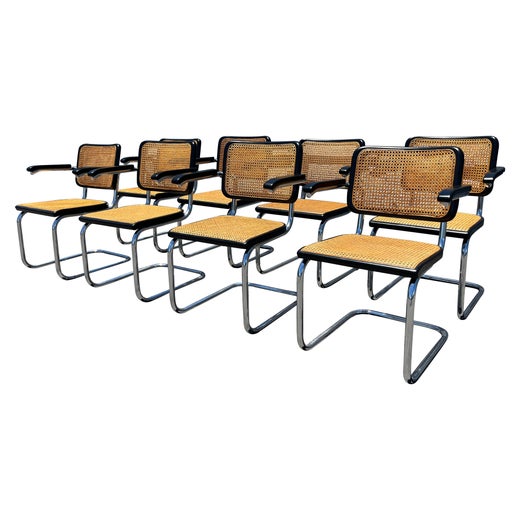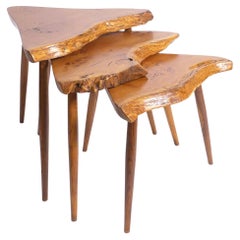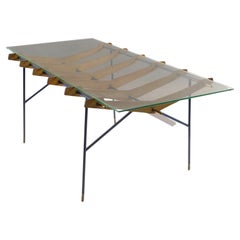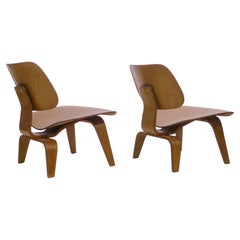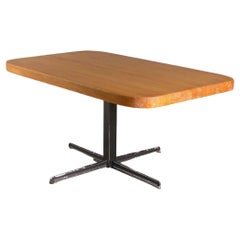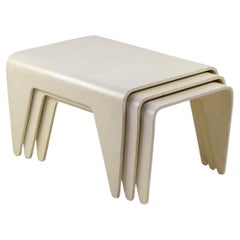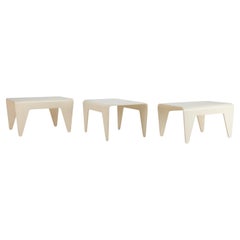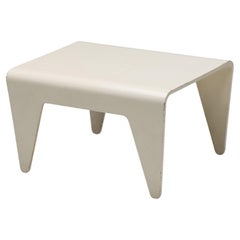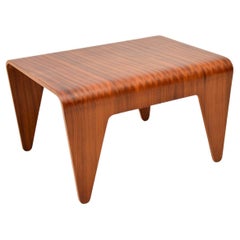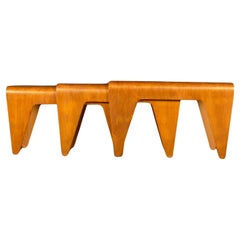
Marcel Breuer for Isokon, Set of 3 Nesting Tables, Beech Plywood, designed 1936
View Similar Items
Marcel Breuer for Isokon, Set of 3 Nesting Tables, Beech Plywood, designed 1936
About the Item
- Creator:Isokon (Manufacturer),Marcel Breuer (Designer)
- Dimensions:Height: 14.97 in (38 cm)Width: 24.02 in (61 cm)Depth: 18.12 in (46 cm)
- Sold As:Set of 2
- Style:Mid-Century Modern (Of the Period)
- Materials and Techniques:
- Place of Origin:
- Period:
- Date of Manufacture:1950s
- Condition:Refinished. Wear consistent with age and use. Minor losses. Some minor losses and repairs to legs, very minor marks/light scratching to surface in line with age and use.
- Seller Location:Wargrave, GB
- Reference Number:Seller: Breuer Nesting Tables1stDibs: LU839536709712
Marcel Breuer
The architect and designer Marcel Breuer was one the 20th century’s most influential and innovative adherents of modernism. A member of the Bauhaus faculty, Breuer — like such colleagues as the architects Walter Gropius and Ludwig Mies van der Rohe, and the artists and art theoreticians László Moholy-Nagy and Josef Albers — left Europe in the 1930s to champion the new design philosophy and its practice in the United States.
Born in Hungary, Breuer became a Bauhaus student in 1920 and quickly impressed Gropius, the German school’s founder, with his aptitude for furniture design. His early work was influenced by the minimalist Dutch design movement De Stijl — in particular the work of architect Gerrit Rietveld.
In 1925, while he was head of the Bauhaus furniture workshop, Breuer realized his signature innovation: the use of lightweight tubular-steel frames for chairs, tables and sofas — a technique soon adopted by Mies and others. Breuer’s attention gradually shifted from design to architecture, and, at the urging of Gropius, he joined his mentor in 1937 on the faculty of Harvard and in an architectural practice.
In the 1940s, Breuer opened his own architectural office, and there his style evolved from geometric, glass-walled structures toward a kind of hybrid architecture — seen in numerous Breuer houses in New England — that pairs bases of local fieldstone with sleek, wood-framed modernist upper floors. In his later, larger commissions, Breuer worked chiefly with reinforced concrete and stone, as seen in his best-known design, the brutalist inverted ziggurat built in New York in 1966 as the home of the Whitney Museum of American Art.
Breuer’s most famous furniture pieces are those made of tubular steel, which include the Wassily chair — named after Wassily Kandinsky and recognizable for its leather-strap seating supports — and the caned Cesca chair.
Breuer also made several notable designs in molded plywood, including a chaise and nesting table for the British firm Isokon and a student furniture suite commissioned in 1938 for a dormitory at Bryn Mawr College. Whether in metal or wood, Breuer’s design objects are elegant and adaptable examples of classic modernist design — useful and appropriate in any environment.
Find vintage Marcel Breuer seating, storage cabinets and lighting on 1stDibs.
More From This Seller
View AllVintage 1960s American Mid-Century Modern Nesting Tables and Stacking Ta...
Oak, Burl
Vintage 1950s Italian Mid-Century Modern Coffee and Cocktail Tables
Metal
Vintage 1940s American Mid-Century Modern Chairs
Metal
Vintage 1970s French Mid-Century Modern Dining Room Tables
Metal
Vintage 1960s American Mid-Century Modern Coffee and Cocktail Tables
Marble, Metal
Vintage 1950s Danish Mid-Century Modern Decorative Bowls
Teak
You May Also Like
Mid-20th Century British Modern Coffee and Cocktail Tables
Plywood
Mid-20th Century British Mid-Century Modern Nesting Tables and Stacking ...
Beech, Plywood
Vintage 1930s English Mid-Century Modern Coffee and Cocktail Tables
Plywood, Lacquer
Vintage 1950s British Mid-Century Modern Side Tables
Plywood
Vintage 1920s Austrian Bauhaus Nesting Tables and Stacking Tables
Steel, Chrome
Vintage 1930s Czech Bauhaus Nesting Tables and Stacking Tables
Chrome

